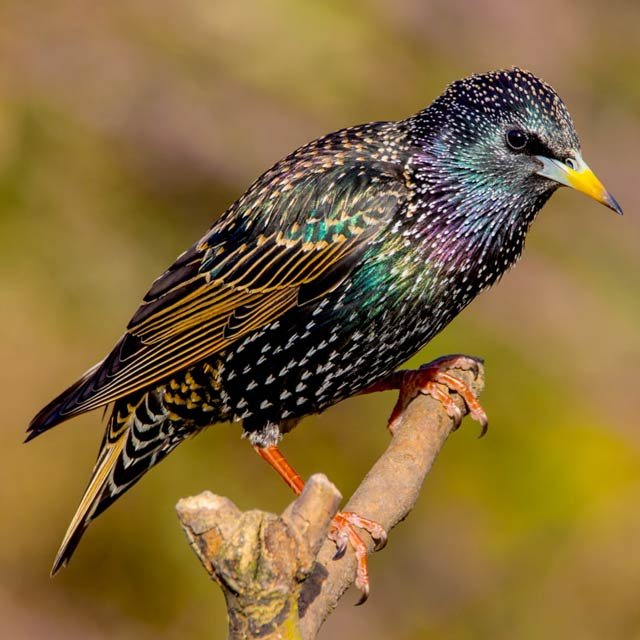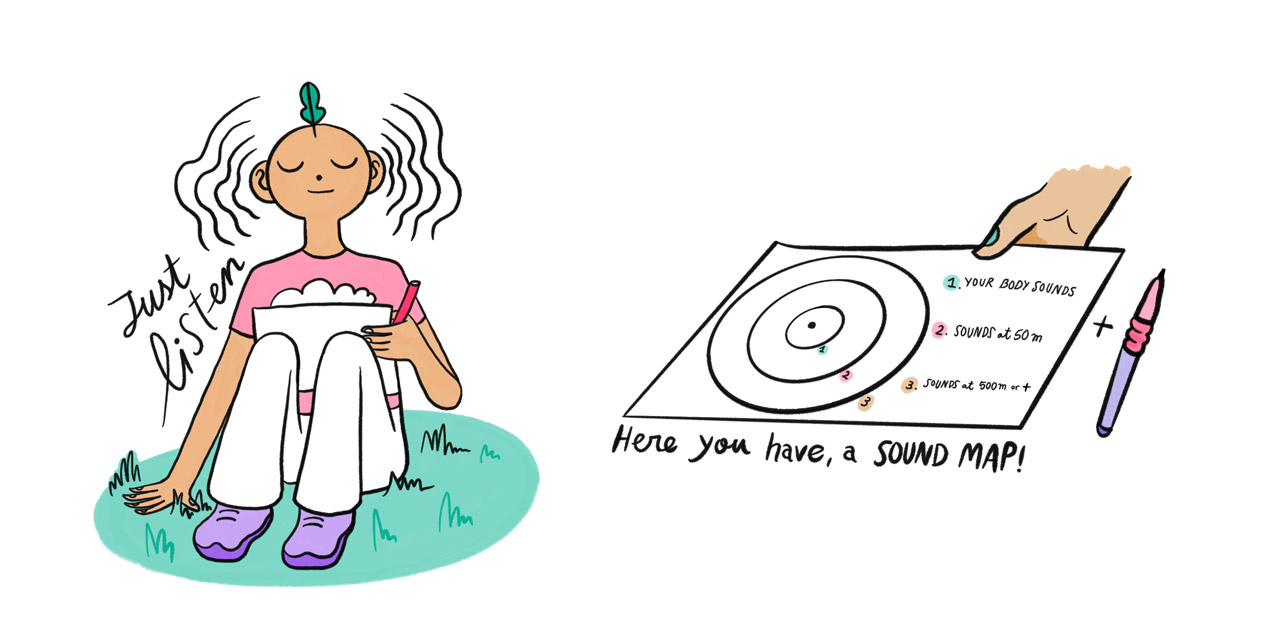Loading...
TOOLKIT

Belonging to nature with our voice(vulnerability)
LOCATIVE MEDIA SUPERCLUSTER
Improving our connections with people by cultivating a sense of belonging to Nature by Fred Adam & Geert Vermeire
This set of practices is meant to improve our connection with people by opening our senses and feeling the beauty of Nature. But it is also about acknowledging the intelligence of the more than human world, listening to the polyphony of languages, interactions and connections going on around us and with us. We belong to the natural world and we are part of it. Intelligence is not only ours, it is the result of millions of years of evolution. Our ability to develop a greater intimacy with nature is a powerful way to expand our sense of belonging, a shared identity and our love for people because we are all Nature.


illustration by Chari Cámara @doctora.creativa
DURATION
30 minutes to 1h
The aim of the practice is to show how we are always connected with our surroundings, it can be with humans or with other beings in nature. Even if we are not conscious about it, our presence in a place makes us part of an ongoing polyphony of voices and sounds. People in difficult health circumstances can realize they are always part of this orchestra and cultivate a sense of belonging with the planet here and now.
Inspired by the starling birds, this activity is inviting people to resonate together with their direct surrounding by mimicking the ambient sounds. This practice helps us to be more aware of the activity around us and create a sense of empathy by becoming the other for a moment.
Step 1: When outdoors let’s choose a spot where there is a rich variety of sounds and avoid too noisy locations. Let’s form a circle standing on our feet. Let’s talk about the Starling bird and the great ability to vocalize and mimic the sound of other birds and even the sound of machines.
Step 2: When ready, let’s start listening and whenever ready, pick a sound we like and mimic the sound and rhythm of it. It can be any sound, machines, birds, voices...etc If we want we can move around to follow the trajectory of the sound. At any time we can become silent and pick another sound of our choice.
Step 3: After 5 minutes let’s form a circle and share how we resonated with the space and what or who we became for a moment. Mark the difference between sounds (language?) and noises (absence of language?). Ask if the sound of the wind, the river and the ocean are sounds or noises.
Step 4: You can categorize the sounds in 3 groups based on the classification in bioacoustics by Bernie Krause: geophony (sounds of the Earth), biophony (sounds of the living beings) and anthropophony (sounds made by humans and their machines)
Step 5: Propose the discovey of mobile phone apps:
- Merlin Bird, to recognize birds by their songs (merlin.allaboutbirds.org/sound-id/)
- Decibel X, or similar to measure the decibels and potential noise threshold in the city
- Deep Time Walk app, discover when the first sounds of living beings appeared on the planet (deeptimewalk.org)
evaluation: This practice should awaken the ability of the participants to listen carefully and play with their voice to imitate nature. If the participants continue to make sounds after the practice this is a good sign they enjoy imitating sounds and that they will do so naturally in the future. Remark that imitating birds songs is a very good way to learn to identify their presence and that some people are great masters in imitating birds.
other comments: If the activity takes place indoors, use an audio recording of birds songs from the local area, complemented from the Amazon rainforest for example to explore similarities and differences of the biodiversity between continents.
references: This practice is inspired by great teachers, Nature of course but also Rich Blundell and the Oika project, Jon Young from the 8 Shields project and the partners from the project No One Forgotten, beyond others. Thank you!
what you can do before or after this exercise

Opening hours
Monday to Friday: 8:00 am - 6:00 pm
Saturday: 8:00 am - 2:00 pm
Sunday: Closed



